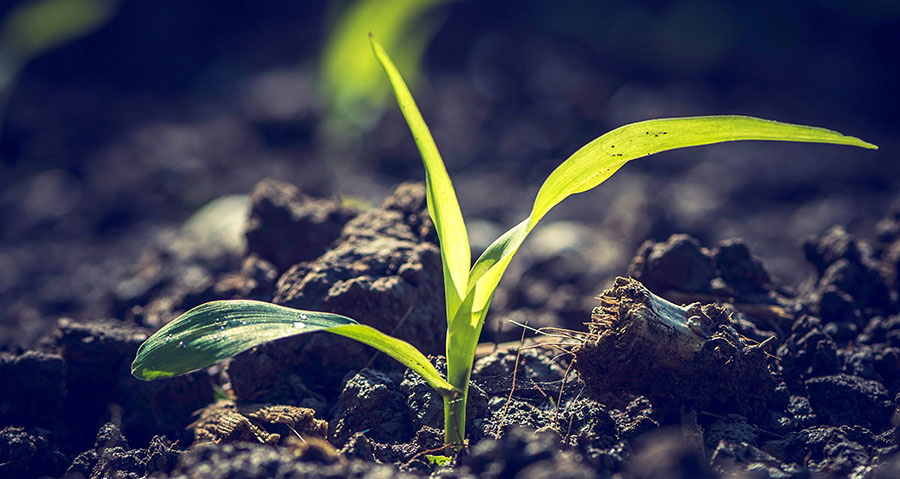By Wendy Zellner, PhD
Many of us are unaware of the vital role silicon plays in crop health and nutrient balance. Silicon clearly demonstrates improvements to plants, especially under suboptimal growing conditions, yet is classified as a beneficial nutrient as its exact role in plant nutrition is vague. Above all, silicon protects yield potential and improves crop quality. Silicon achieves this through enhancing water and nutrient use efficiencies, while boosting defense mechanisms that protect against environmental and biological stress.
Beneficial nutrients are found at low concentrations in leaves; however, silicon content far exceeds concentrations of micronutrients in most plants (Fig. 1). In the literature, plants are described as either ‘high’ or ‘low’ silicon accumulators. If we put these categories into the context of other plant nutrients, we would replace ‘high’ and ‘low’ with ‘primary’ and ‘secondary’, respectively. This means most plants, including our agriculture crops, have silicon requirements at or above the levels of nitrogen in our ‘high’ accumulators, and that of calcium, magnesium, and sulfur in our ‘low’ accumulators. While we replace other nutrients each season, we’ve neglected to replenish the silicon deficit in our soils. This can be a contributing factor to yield decline, requiring an increase in other nutrients or chemical inputs to mask silicon deficiency symptoms.





